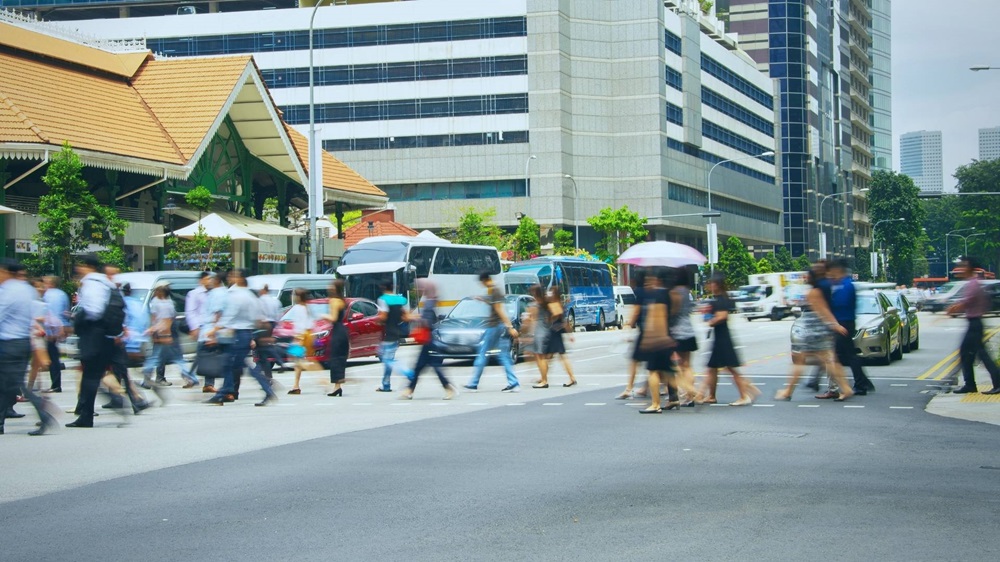
A survey published in Nov 2017 claimed that over 60% of foreign domestic workers (FDWs) in Singapore were exploited.
The survey, conducted by Research Across Borders (RAB), used a flawed methodology which resulted in biased and skewed outcomes. It made several unsubstantiated claims, of which two examples are appended below.
Claim #1: FDWs made to work excessive hours
Clarification:
The survey depicts an inaccurate picture of the working conditions of FDWs here. It used an overly simplistic interpretation of the International Labour Organisation’s indicators of labour exploitation, one of which cites working for more than 12 daily working hours as an indication of excessive working days or hours.
RAB’s survey had calculated total working hours based on the reported times of starting work and ending work by FDW respondents. However, this calculation ignored the unique nature of domestic work, where work and personal time in the context of domestic work cannot be easily differentiated. For example, the FDW would have rest time in the day such as when they rest in between chores, and when they take their meals and shower.
It is therefore inaccurate and misleading for RAB to claim that FDWs work excessive hours, based on start and end time of their work days.
Claim #2: FDWs are being isolated and confined
Clarification:
The survey conveniently concludes that FDWs are being isolated and confined if they need their employers’ permission to leave the house or return by a certain time on their rest days. This neglects to take into consideration the working and living arrangements of FDWs.
Under the Employment of Foreign Manpower Act, FDWs must stay with their employers at the address stated on their work permits. FDW employers are also responsible for the health, safety and well-being of their FDWs. For this reason, employers would want to be kept aware of their FDWs’ plans to leave or return to the household. This does not amount to isolation or confinement.
What is the real picture?
MOM’s survey of 1,000 FDWs in 2015 found that 97% were satisfied working here, would continue working here, and had no issues with workload. As at Sep 2017, about 2 in 3 (160,000) FDWs had worked in Singapore for over two years, and about 1 in 2 (110,000) for over four years. As can be seen, the RAB survey painted a misleading picture of the employment of FDWs here.
The Ministry of Manpower (MOM) had highlighted these misinterpretations to RAB researcher Anja Wessels in 2016 when she sought feedback from MOM on her preliminary analysis. Nevertheless, RAB proceeded to publish the inaccurate findings without correcting or addressing these misinterpretations.
We use cookies to tailor your browsing experience. By continuing to use Gov.sg, you accept our use of cookies. To decline cookies at any time, you may adjust your browser settings. Find out more about your cookie preferences here .

















